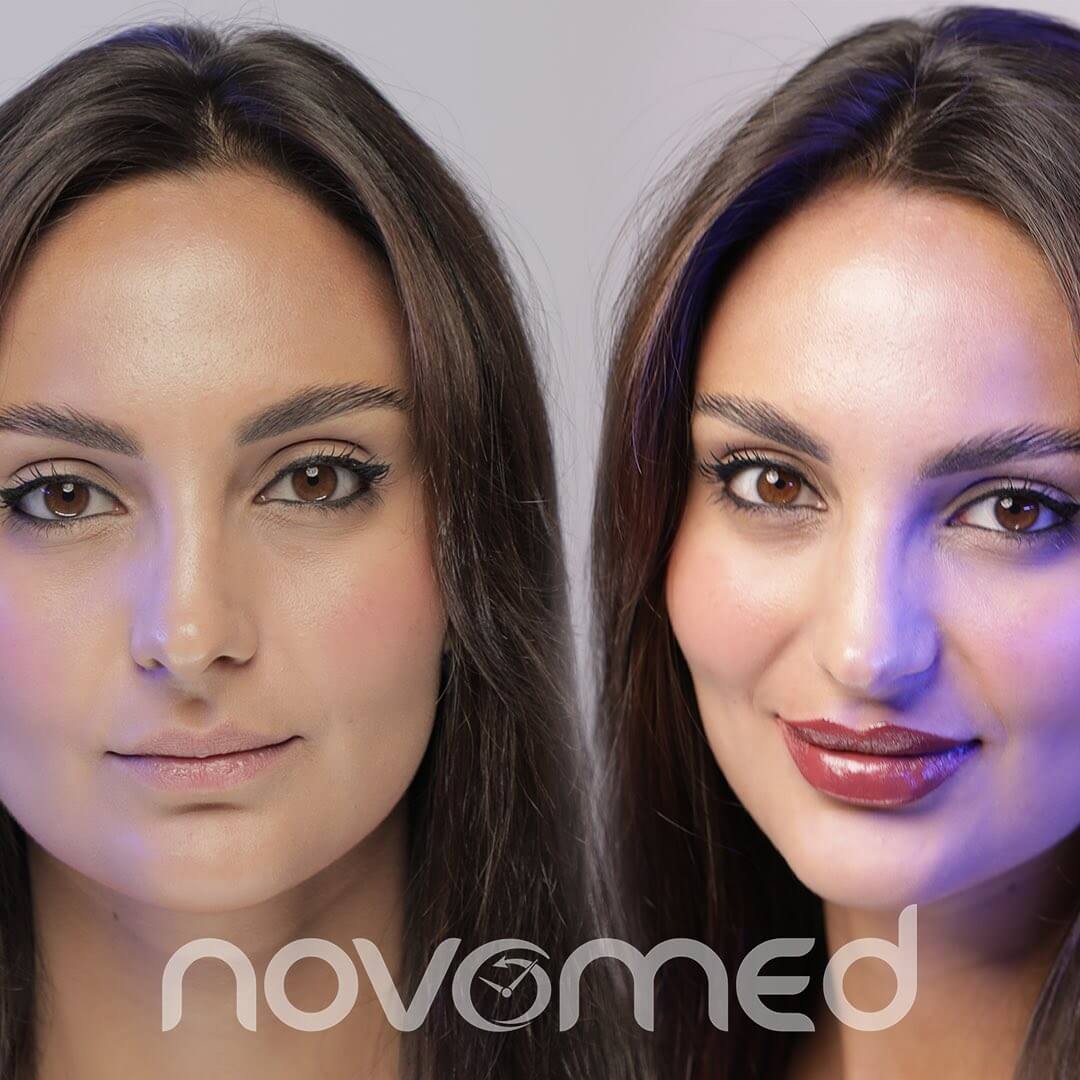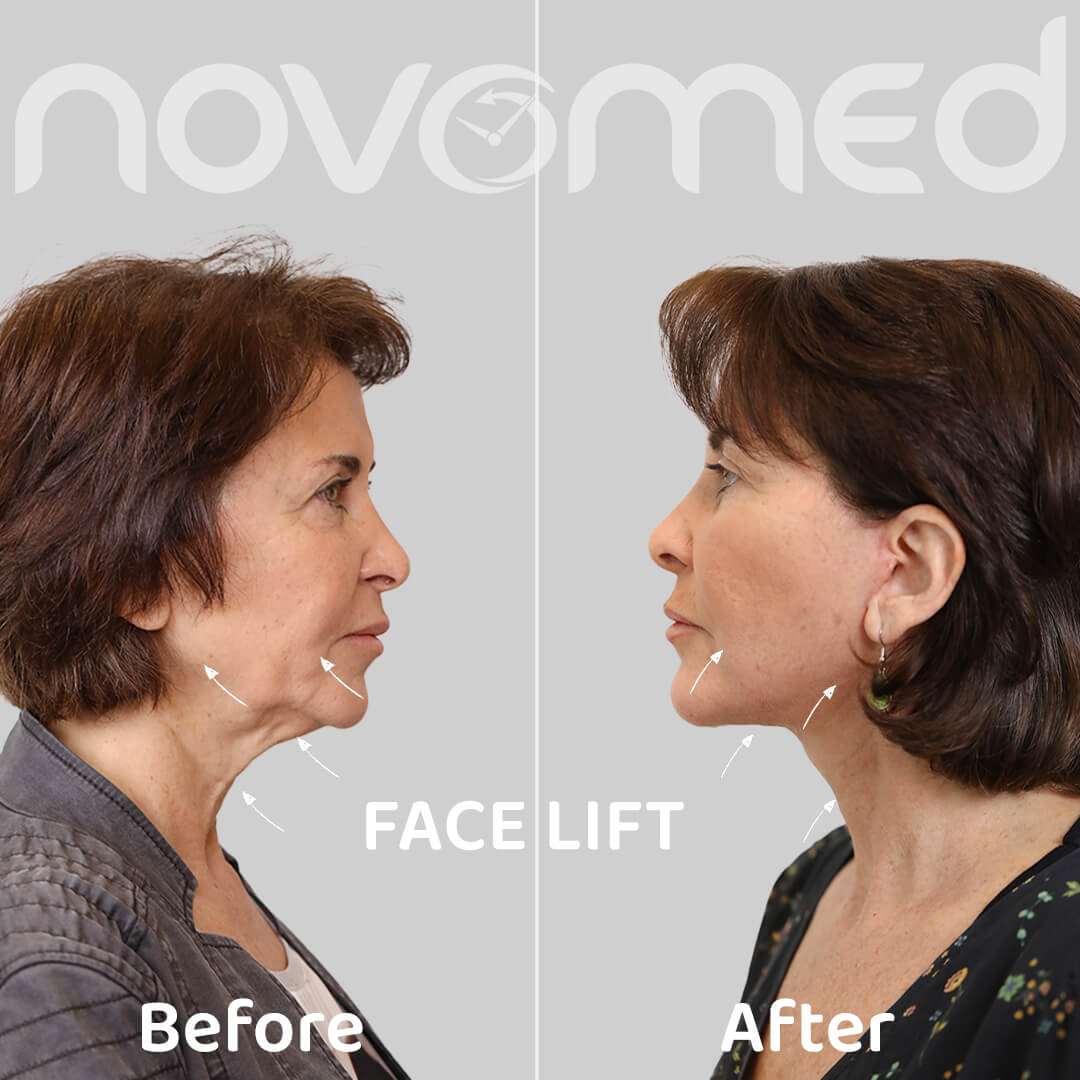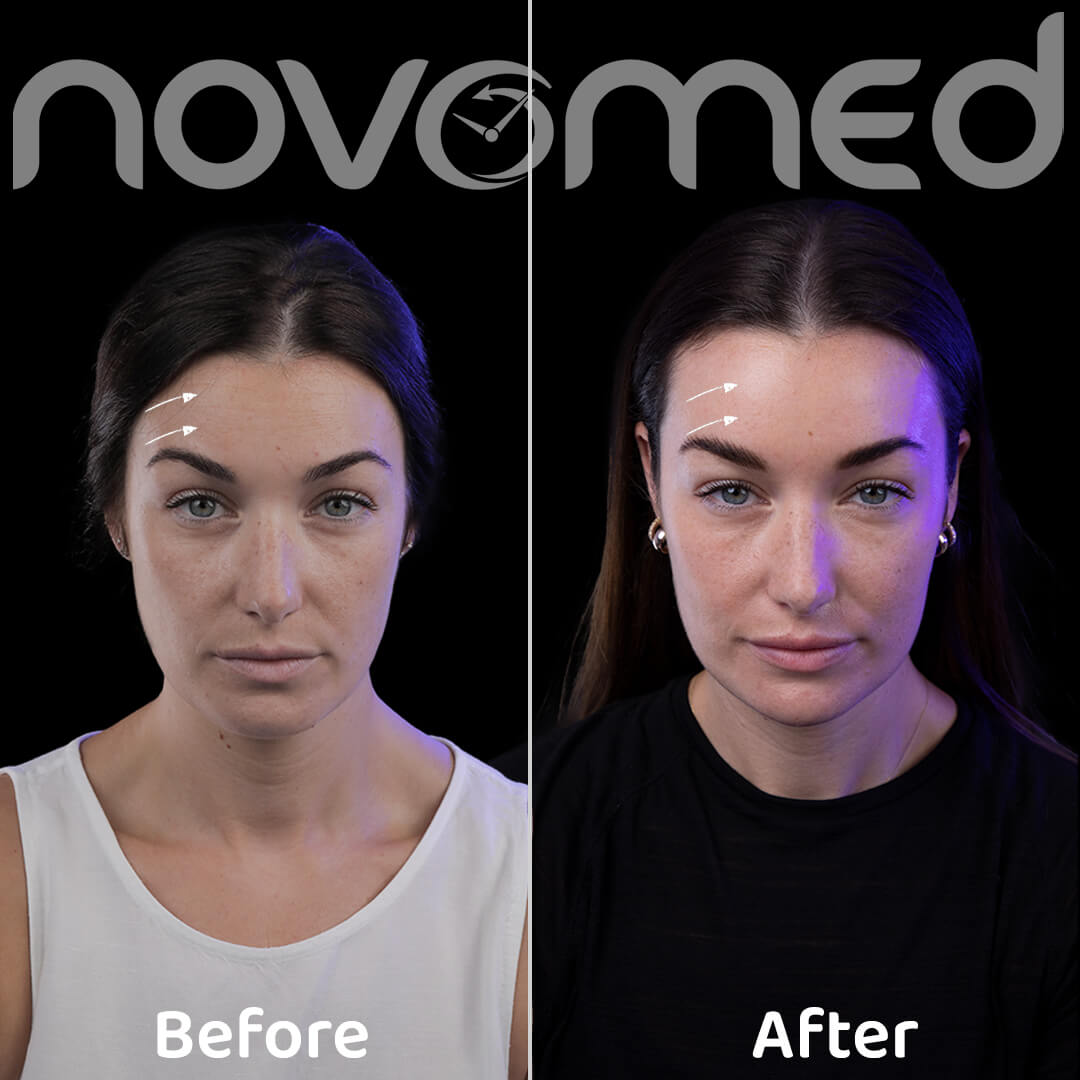Gallbladder removal (Cholecystectomy) is a very common surgery and it can be done through several techniques.
The gallbladder is a small organ located on the upper-right side of your abdomen. It collects bile; a digestive fluid produced by the liver, which helps to digest different types of food. The fluid flows from the gallbladder sac towards the small intestine, through small channels called the gallbladder ducts.

Conditions that make you a candidate for gallbladder removal:
- Gallstones: Gallstones are the hardened residues of the digestive fluid stored in the gallbladder. Gallstones range in size from small to large and they require surgical treatment if they obstructed the gallbladder ducts.
- Bile duct stones: Stones in the bile duct can develop anywhere in the biliary tract; within the liver, gallbladder and common bile duct.
- Cholecystitis: Cholecystitis occurs when there is a stone in the patient’s body. If the duct between the gallbladder and intestines is blocked by fluid residues, bile fluid builds up inside the gallbladder, which can cause an inflammatory condition (bacterial contamination in the gallbladder). Cholecystitis has two main types (acute cholecystitis and chronic cholecystitis).
- Pancreatitis: Pancreatitis happens when the pancreas becomes inflamed. Pancreatic damage occurs when the effect of digestive enzymes is activated before they are released into the small intestine causing them to attack the pancreas. Pancreatitis has two main types (acute pancreatitis and chronic pancreatitis).
If these health conditions do not cause symptoms, there is no need for surgery.
If the symptoms of gallbladder diseases are left without treatment, they can lead to more serious problems.
Gallbladder Treatment
The best course of treatment for gallbladder diseases is surgery and it involves removing the gallbladder through minimally invasive laparoscopic cholecystectomy or traditional open cholecystectomy.

Laparoscopic Cholecystectomy
This operation is performed under general anesthesia. A laparoscope and special surgical instruments are inserted through four abdominal incisions (one at the navel [1-2 cm], one at the top of the abdomen [1 cm], and two at the right side of the abdomen [5 mm]. After pumping carbon dioxide into the abdominal cavity until it swells, the entire gallbladder is removed with the stones and residues inside it because if the stones are removed and the gallbladder is left, the stones will form again. The gallbladder is removed from one of the aforementioned incisions and then these incisions are sewn cosmetically. This procedure is preferred by doctors and patients; however, the patient must meet the criteria and requirements of laparoscopic cholecystectomy.
Open cholecystectomy
This operation is performed under general anesthesia. After anesthesia, the abdomen is cleaned with an antiseptic solution to reduce the risk of infection. Then the surgeon makes an incision of about 10 cm in the upper right part of the abdomen. After that, the gallbladder is carefully removed, then the incision is closed and sutured.
The disadvantages of this procedure are that it takes longer to heal after surgery, the patient suffers from significant postoperative pain and of course the surgery leaves a large scar, however, the surgery is safe and carries a low risk of complications.
Laparoscopic cholecystectomy can’t be performed for patients who suffer from obesity, pregnant women, or those who have undergone previous abdominal surgery. In this case, cholecystectomy is performed through traditional open surgery.
To book an appointment or for more information about gallbladder removal, call us toll-free on 800 (NOVO) 6686 or click the live chat icon at the bottom of the screen.

























